In the prestigious world of luxury timepieces, three names consistently command respect, desire, and substantial investment: Rolex, Omega, and Patek Philippe. Moreover, these Swiss giants represent different philosophies of horological excellence. However, each brand has carved its unique position in the luxury watch market through distinct approaches to craftsmanship, innovation, and brand positioning. Furthermore, this comprehensive comparison will explore how these titans measure against each other across critical dimensions that matter most to discerning collectors and first-time luxury watch buyers.
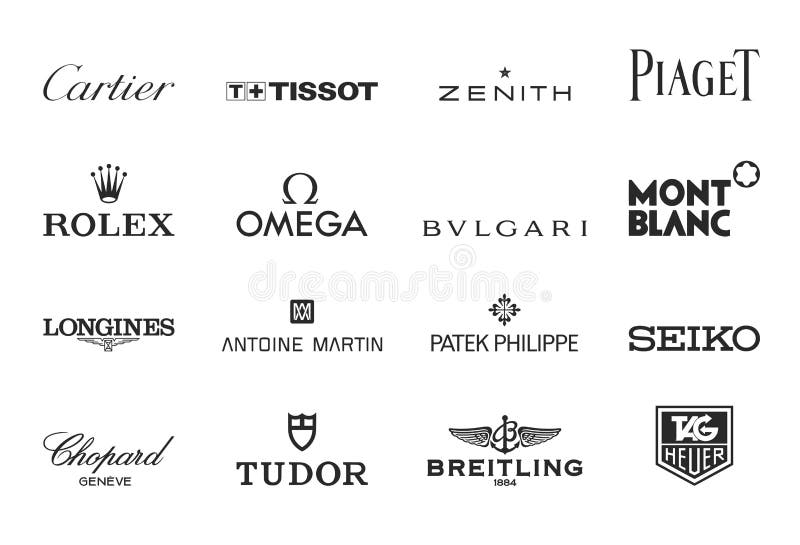
According to Morgan Stanley’s 2024 luxury watch market analysis, these three brands collectively dominate the Swiss watch industry, with Rolex holding an unprecedented 32.1% market share, while Omega and Patek Philippe maintain strong positions at 10% and 6.7% respectively in the secondary market. Additionally, the combined influence of these manufacturers extends far beyond mere timekeeping, representing status symbols, investment assets, and generational heirlooms that embody Swiss watchmaking excellence.
Brand Heritage and Identity
Rolex: The Crown of Achievement
Founded in 1905 by Hans Wilsdorf, Rolex emerged from humble beginnings in London to become the world’s most recognizable luxury watch brand. Subsequently, the company relocated to Geneva in 1919, establishing its Swiss credentials while pioneering numerous innovations that would define modern watchmaking. Moreover, Rolex’s transformation from a simple watch assembler to a vertically integrated manufacturer represents one of the industry’s greatest success stories.
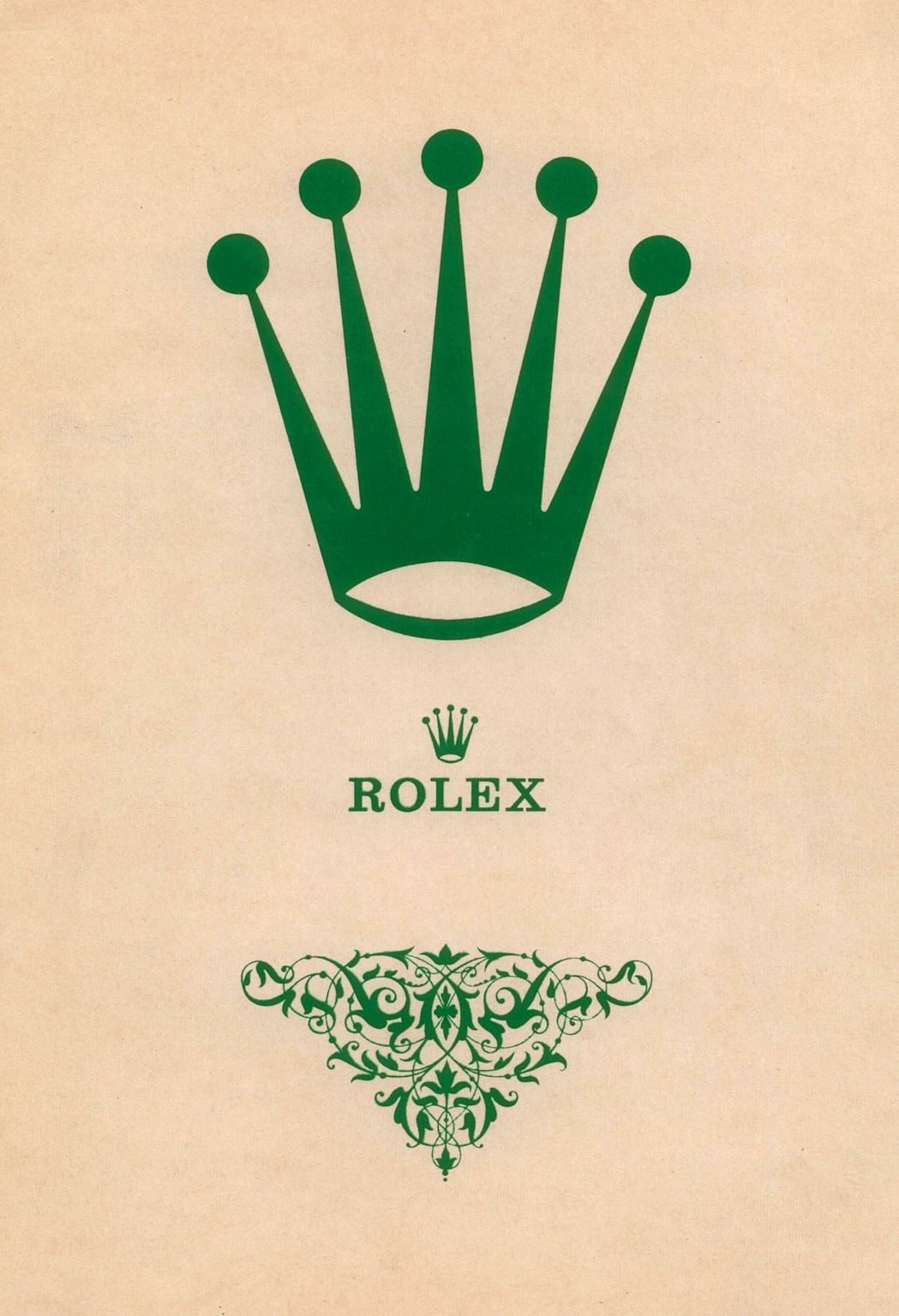
The brand’s heritage centers on reliability, precision, and achievement. Furthermore, Rolex’s marketing genius lies in associating timepieces with extraordinary individuals and accomplishments. Additionally, from Sir Edmund Hillary’s conquest of Mount Everest to James Cameron’s record-breaking deep-sea dives, Rolex watches have accompanied humanity’s greatest adventures. Consequently, this positioning strategy has created an aspirational brand that represents success across all demographic segments.
Omega: Precision Through Innovation
Omega’s journey began in 1848 when Louis Brandt established a modest workshop in La Chaux-de-Fonds, Switzerland. However, the company’s defining moment came in 1894 with the creation of the revolutionary “Omega” caliber, which introduced standardized production and interchangeable parts to Swiss watchmaking. Subsequently, this innovation earned the brand its iconic name and established its reputation for precision engineering.
The brand’s identity revolves around technical innovation and sporting excellence. Moreover, Omega’s association with the Olympic Games as official timekeeper, NASA’s space program through the legendary Speedmaster, and the James Bond film franchise has created a unique brand personality that combines sporting prowess with cinematic glamour. Furthermore, Omega’s commitment to advancing horological technology, particularly through the revolutionary Co-Axial escapement, demonstrates the brand’s dedication to meaningful innovation rather than mere traditional.
Patek Philippe: The Pinnacle of Haute Horlogerie
Established in 1839, Patek Philippe represents the oldest independent Swiss watch manufacturer. Additionally, the company’s founders, Antoine Norbert de Patek and Adrien Philippe, established principles of uncompromising quality and mechanical complexity that continue to define the brand today. Furthermore, Patek Philippe’s famous slogan, “You never actually own a Patek Philippe. You merely look after it for the next generation,” perfectly encapsulates the brand’s philosophy of creating timeless heirlooms.
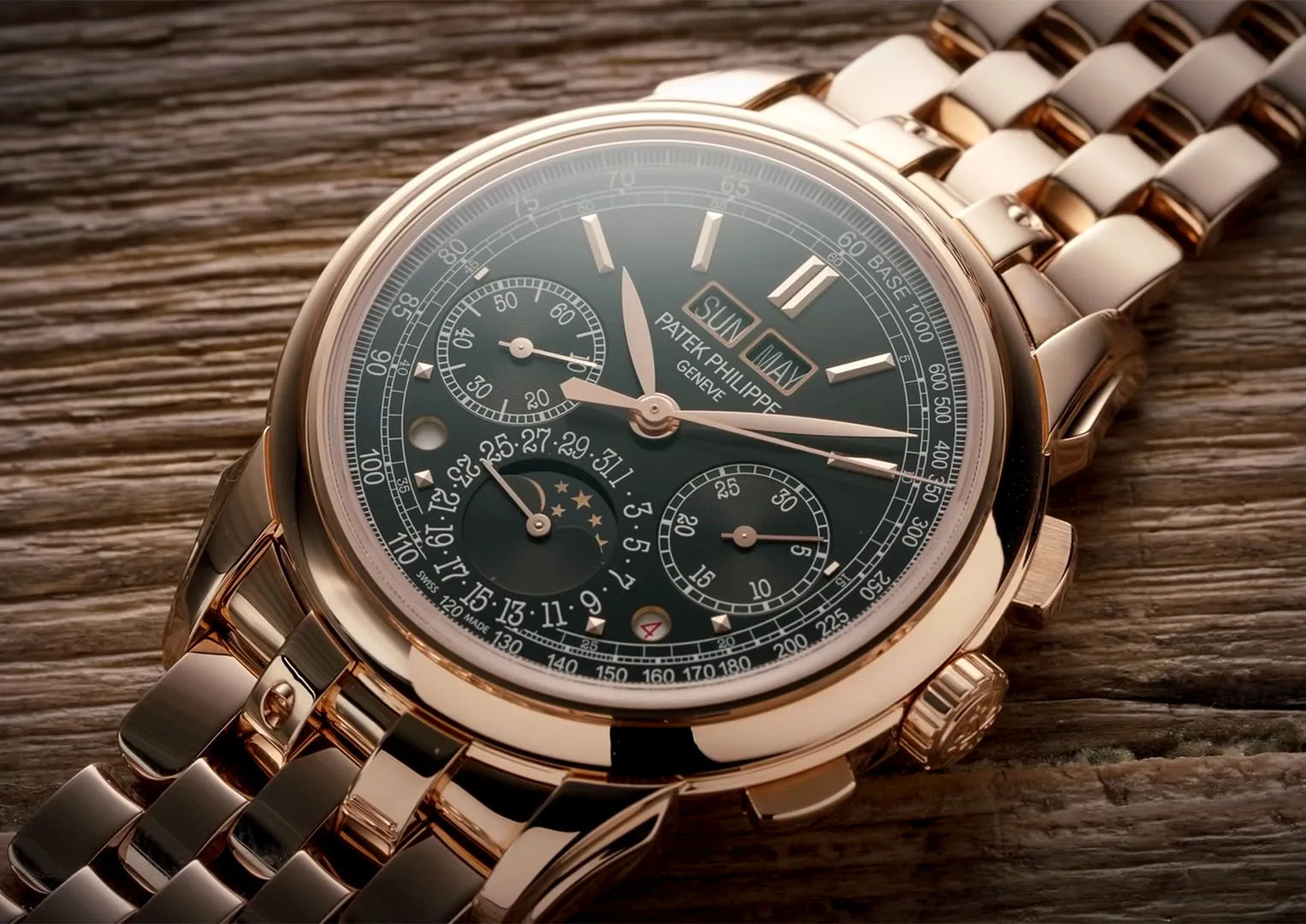
The brand’s identity centers on exclusivity, tradition, and horological mastery. Moreover, Patek Philippe’s commitment to producing fewer than 70,000 watches annually ensures scarcity while maintaining the highest standards of craftsmanship. Additionally, the company’s expertise in complications—from minute repeaters to perpetual calendars—positions it as the ultimate expression of mechanical watchmaking artistry.
Design and Craftsmanship Philosophy
Rolex: Timeless Durability Meets Luxury
Rolex’s design philosophy emphasizes timeless aesthetics combined with exceptional durability. Furthermore, the brand’s approach involves evolutionary rather than revolutionary changes, ensuring that models remain recognizable across decades. Additionally, Rolex’s commitment to using only the finest materials—including proprietary Oystersteel, Cerachrom ceramic bezels, and in-house gold alloys—demonstrates the brand’s dedication to both beauty and longevity.

The manufacturing process reflects Swiss precision at scale. Moreover, Rolex produces approximately 1.1 million watches annually while maintaining strict quality standards. Additionally, the brand’s vertical integration allows complete control over every component, from smelting gold to crafting movements entirely in-house. Furthermore, this comprehensive approach ensures consistency and reliability across all price points and model ranges.
Omega: Innovation-Driven Excellence
Omega’s craftsmanship centers on technological advancement and precision engineering. Moreover, the brand’s revolutionary Co-Axial escapement, invented by George Daniels and first commercialized by Omega in 1999, represents the most significant advancement in escapement technology in over 250 years. Additionally, this innovation reduces friction and wear, extending service intervals from 3-5 years to 7-8 years while improving long-term accuracy.
The manufacturing facility in Biel/Bienne showcases state-of-the-art production techniques combined with traditional Swiss craftsmanship. Furthermore, Omega’s Master Chronometer certification, developed in partnership with the Swiss Federal Institute of Metrology (METAS), subjects movements to magnetic fields up to 15,000 gausses—far exceeding industry standards. Additionally, this commitment to practical innovation ensures that Omega watches perform exceptionally in real-world conditions.
Patek Philippe: Artisanal Mastery and Complexity
Patek Philippe’s approach represents the pinnacle of traditional Swiss watchmaking artistry. Moreover, the brand’s commitment to hand-finishing every component, even those invisible to the wearer, demonstrates an obsession with perfection that few manufacturers can match. Additionally, the company’s expertise in creating complex complications—including minute repeaters, perpetual calendars, and tourbillons—requires master craftsmen with decades of specialized training.
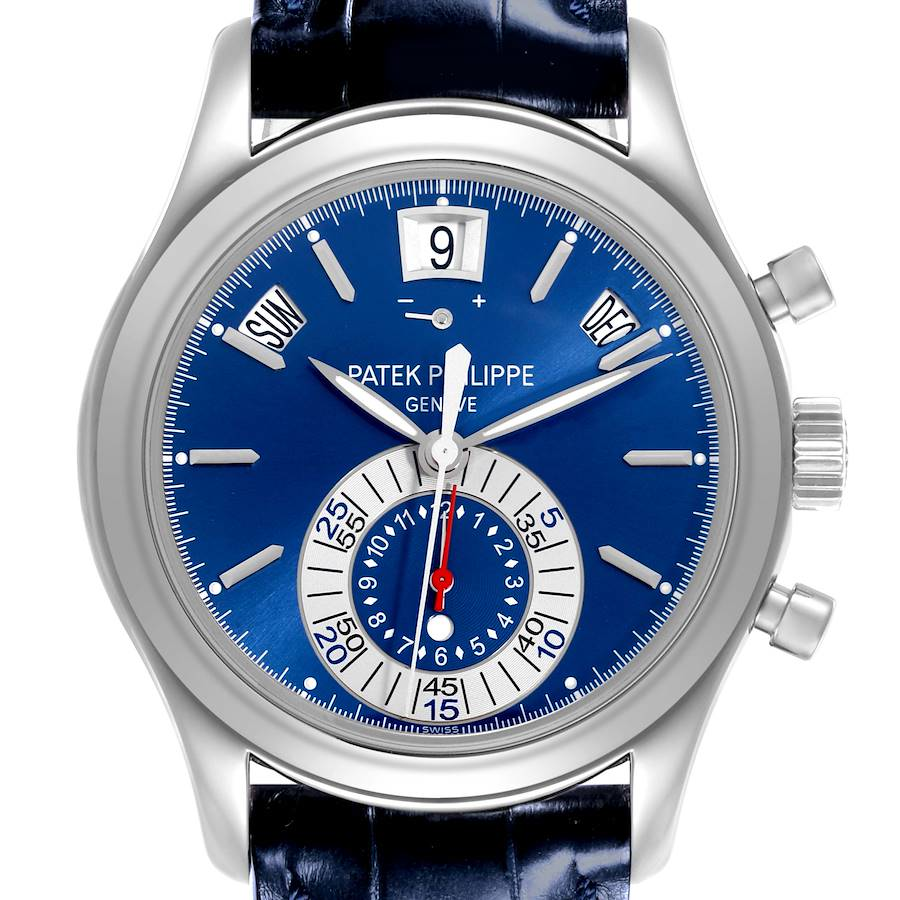
The production philosophy emphasizes quality over quantity. Furthermore, Patek Philippe’s annual production of approximately 62,000 pieces ensures that each watch receives meticulous attention throughout the manufacturing process. Additionally, the brand’s commitment to maintaining traditional techniques, such as hand-engraving and grand feu enamel, preserves centuries-old Swiss watchmaking traditions while incorporating modern materials and precision.
Technical Innovation and Movement Excellence
Rolex: Robustness Through Engineering
Rolex’s technical philosophy prioritizes reliability and accuracy through robust engineering solutions. Moreover, the brand’s development of the Parachrom hairspring, constructed from a proprietary paramagnetic alloy, provides superior resistance to magnetic fields and temperature variations while offering greater shock resistance. Additionally, modern Rolex movements, particularly the 32xx series introduced in 2015, feature the innovative Chronergy escapement that improves efficiency by approximately 15%.
The Caliber 3235, powering models like the Datejust and Day-Date, exemplifies Rolex’s engineering philosophy with its 70-hour power reserve, -2/+2 seconds daily accuracy, and enhanced antimagnetic properties. Furthermore, the movement’s architecture incorporates 14 patents, demonstrating Rolex’s commitment to continuous improvement rather than revolutionary changes.
Omega: Revolutionary Escapement Technology
Omega’s Co-Axial technology represents the most significant horological advancement in recent decades. Moreover, George Daniels’ revolutionary escapement design, exclusively licensed to Omega, reduces sliding friction by separating the locking and impulse functions. Additionally, this innovation virtually eliminates the need for lubrication in the escapement, significantly extending service intervals and improving long-term timekeeping stability.
The Master Chronometer certification sets new industry standards for accuracy and magnetic resistance. Furthermore, movements must maintain accuracy within 0/+5 seconds daily while withstanding magnetic fields up to 15,000 gausses—far exceeding COSC chronometer standards. Additionally, Omega’s use of silicon components in hairsprings and escapement parts further enhances antimagnetic properties while improving manufacturing precision.
Patek Philippe: Complications Mastery
Patek Philippe’s technical expertise centers on creating the world’s most sophisticated mechanical complications. Moreover, the brand’s mastery of minute repeaters, perpetual calendars, and astronomical complications requires engineering and assembly skills that few manufacturers possess. Additionally, the company’s ability to combine multiple complications in a single movement—such as the Grandmaster Chime with 20 complications—demonstrates unparalleled technical prowess.
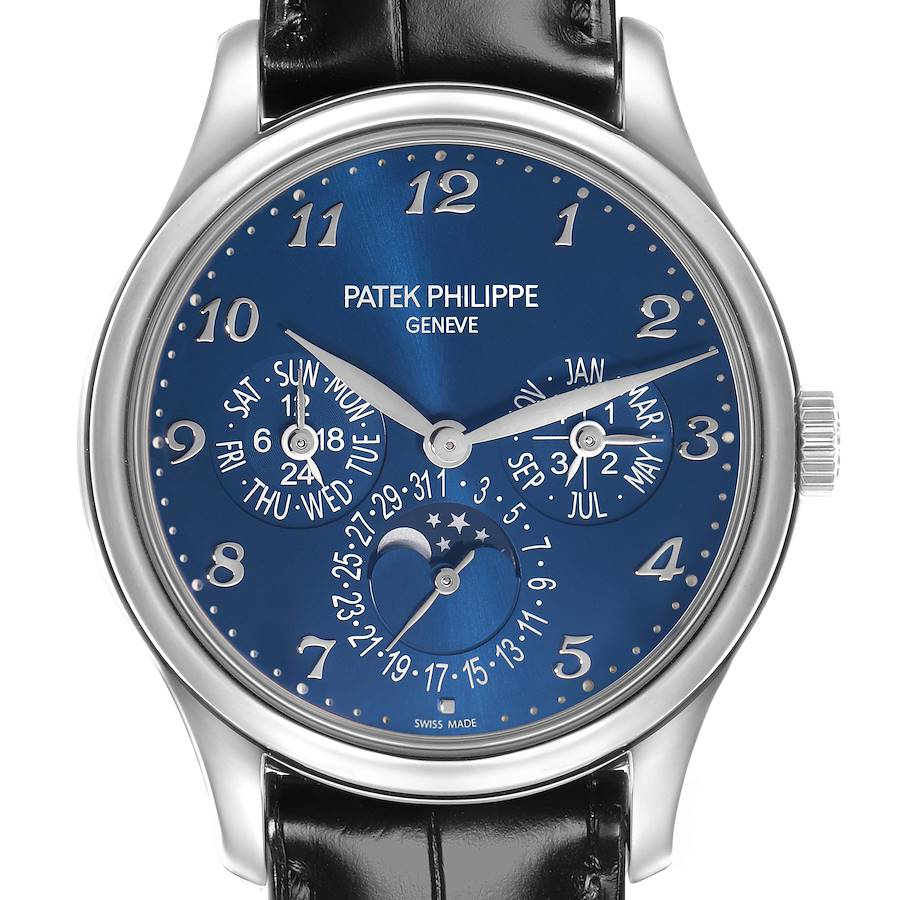
The caliber development process at Patek Philippe often spans several years, with movements tested extensively before commercial release. Furthermore, innovations like the Spiromax silicon hairspring and Gyromax balance wheel incorporate modern materials while maintaining traditional assembly techniques. Additionally, the brand’s commitment to creating complications that will function accurately for generations reflects an engineering philosophy focused on longevity rather than immediate performance gains.
Market Positioning and Pricing Strategy
Rolex: Premium Accessibility with Controlled Scarcity
Rolex’s pricing strategy balances luxury positioning with relative accessibility compared to ultra-high-end brands. Moreover, entry-level models like the Oyster Perpetual start around $5,000-$6,000, while flagship pieces rarely exceed $50,000 at retail. Additionally, the brand’s controlled production and selective distribution create artificial scarcity that drives secondary market premiums, with many models trading above retail prices.
The average Rolex price has increased strategically from CHF 11,500 in 2021 to CHF 13,140 in 2024, reflecting the brand’s deliberate movement toward higher luxury positioning. Furthermore, Rolex’s acquisition of Bucherer, one of the world’s largest watch retailers, demonstrates the brand’s commitment to controlling the entire customer experience while maintaining exclusivity.
Omega: Value-Oriented Luxury with Technical Excellence
Omega’s positioning emphasizes superior value proposition within the luxury segment. Moreover, comparable models typically cost 20-30% less than equivalent Rolex pieces while often offering superior technical specifications. Additionally, the Omega Seamaster 300 retails for approximately $7,900 compared to the Rolex Submariner’s $9,600 MSRP, yet both watches offer similar functionality and water resistance.
The brand’s accessible luxury approach allows customers to purchase most models directly from boutiques or online without waiting lists. Furthermore, this strategy attracts buyers seeking luxury watch ownership without the artificial scarcity and premium pricing associated with Rolex. Additionally, Omega’s diverse model range ensures options for various budgets and preferences within the luxury segment.
Patek Philippe: Ultra-Luxury Exclusivity
Patek Philippe’s pricing reflects its position as the ultimate luxury watch brand. Moreover, entry-level models typically start around $30,000-$40,000, with complicated pieces easily exceeding $100,000. Additionally, limited edition and grand complication models frequently command prices in the hundreds of thousands or millions of dollars at auction.
The exclusivity strategy involves extremely limited production and selective dealer networks. Furthermore, purchasing certain Patek Philippe models requires established relationships with authorized dealers and often involves multi-year waiting lists. Additionally, this scarcity ensures that Patek Philippe watches maintain their value while appreciating significantly in the secondary market.
Collectibility and Investment Potential
Rolex: Consistent Value Appreciation
Rolex’s investment performance has been exceptional, with the brand showing average annual growth of 20% between 2018 and 2024. Moreover, models like the Daytona, Submariner, and GMT-Master have consistently outperformed traditional investments including stocks and bonds. Additionally, the discontinued Daytona “Paul Newman” achieved record auction prices, demonstrating the brand’s blue-chip investment status.
The secondary market dominance is evident in Rolex’s 34.2% share of global luxury watch transactions, far exceeding any competitor. Furthermore, even common models often trade above retail prices due to controlled supply and strong demand. Additionally, vintage Rolex sports models have shown particular strength, with certain references appreciating 100-200% over five-year periods.
Omega: Emerging Investment Opportunity
Omega’s investment potential has improved significantly, with the brand showing 27.81% value appreciation over the past five years. Moreover, iconic models like the Speedmaster Professional “Moonwatch” and vintage Seamasters have demonstrated strong collector interest and price appreciation. Additionally, limited editions and discontinued models often command premiums in the secondary market.
The brand’s heritage models particularly those associated with NASA missions or James Bond films, show strongest investment potential. Furthermore, Omega’s superior technical specifications and lower entry prices make certain models attractive to collectors seeking value appreciation potential. Additionally, the brand’s increasing recognition among younger collectors suggests continued growth in investment demand.
Patek Philippe: Investment-Grade Excellence
Patek Philippe represents the pinnacle of watch investment potential, with the brand showing 33.59% appreciation over five years. Moreover, the Nautilus collection has achieved legendary status among collectors, with certain references like the 5711 appreciating dramatically before discontinuation. Additionally, complicated models consistently achieve record prices at auction, reflecting the brand’s investment-grade status.
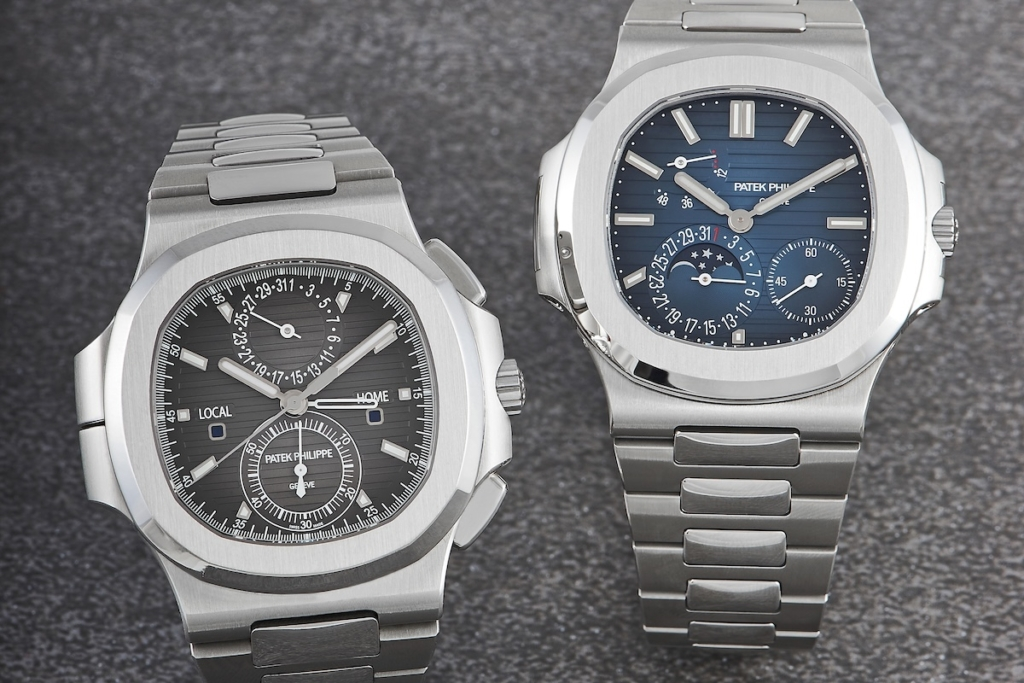
The investment appeal stems from extreme rarity, exceptional craftsmanship, and generational brand prestige. Furthermore, Patek Philippe’s policy of maintaining detailed archives and providing certificates of origin enhances authenticity verification and long-term value preservation. Additionally, the brand’s consistent track record of appreciation makes it a preferred choice for serious watch investors and ultra-high-net-worth collectors.
Lifestyle and Brand Perception
Rolex: Universal Status Symbol
Rolex’s brand perception transcends cultural and demographic boundaries, representing achievement and success globally. Moreover, celebrity endorsements from Roger Federer to James Cameron, combined with appearances in countless films and media, have created unparalleled brand recognition. Additionally, the brand’s association with exploration, sports, and professional achievement appeals to active, successful individuals across all age groups.
The lifestyle positioning emphasizes versatility and durability. Furthermore, Rolex watches transition seamlessly from boardrooms to adventures, reinforcing the brand’s tool watch heritage while maintaining luxury appeal. Additionally, the brand’s masculine image and robust construction attract buyers seeking watches that can withstand demanding lifestyles while projecting success and reliability.
Omega: Sophisticated Sportiness
Omega’s brand image combines sporting excellence with sophisticated design, appealing to educated consumers who appreciate technical innovation. Moreover, the brand’s associations with space exploration, Olympic timing, and cinematic glamour through James Bond create a unique positioning that balances achievement with accessibility. Additionally, Omega appeals to collectors and enthusiasts who value horological significance over pure status.
The target demographic includes professionals, sports enthusiasts, and watch collectors who appreciate technical excellence and heritage. Furthermore, the brand’s educational approach to marketing, highlighting innovations like Co-Axial technology, attracts informed buyers rather than purely status-driven purchasers. Additionally, Omega’s diverse collection ensures appeal across various lifestyle segments and age groups.
Patek Philippe: Ultimate Luxury Heritage
Patek Philippe’s perception represents the apex of luxury watch ownership, appealing to ultra-high-net-worth individuals and serious collectors. Moreover, the brand’s generational marketing message and focus on complications create an image of timeless sophistication and mechanical mastery. Additionally, Patek Philippe ownership signals not just wealth, but appreciation for the finest mechanical artistry and Swiss watchmaking tradition.
The customer profile typically includes established collectors, luxury connoisseurs, and individuals seeking heirloom-quality timepieces. Furthermore, the brand’s exclusivity and high entry prices naturally limit ownership to affluent buyers who value rarity and craftsmanship over mass appeal. Additionally, Patek Philippe’s reputation for discretion and understated elegance appeals to wealthy individuals who prefer subtle luxury expressions.
Strengths and Weaknesses Analysis
Rolex: Market Leader with Premium Positioning
Strengths include unparalleled brand recognition, exceptional build quality, and strong investment performance. Moreover, Rolex’s vertical integration ensures quality control while controlled distribution maintains exclusivity and pricing power. Additionally, the brand’s association with achievement and success creates aspirational appeal across global markets.
Weaknesses involve limited availability due to artificial scarcity, premium pricing relative to technical specifications, and conservative design evolution. Furthermore, the brand’s popularity has created a secondary market bubble that may be unsustainable long-term. Additionally, service costs averaging $1,000-$2,000 and long waiting lists can frustrate potential customers.
Omega: Technical Excellence with Value Positioning
Strengths encompass superior technical innovations, excellent value proposition, and immediate availability. Moreover, Omega’s Co-Axial technology and Master Chronometer certification provide genuine technical advantages over competitors. Additionally, the brand’s diverse heritage and accessible luxury positioning appeal to educated consumers seeking quality without artificial scarcity.
Weaknesses include less prestige compared to Rolex and Patek Philippe, inconsistent design language across collections, and lower resale values. Furthermore, the brand’s technical focus may not resonate with buyers seeking pure status symbols rather than horological excellence. Additionally, Omega’s broader availability diminishes exclusivity appeal for some luxury consumers.
Patek Philippe: Horological Supremacy with Ultra-Luxury Positioning
Strengths feature unmatched craftsmanship, exceptional investment performance, and ultimate prestige positioning. Moreover, Patek Philippe’s mastery of complications and commitment to traditional techniques create timepieces of unparalleled quality and rarity. Additionally, the brand’s generational appeal and heirloom quality ensure lasting value and emotional significance.
Weaknesses involve extremely high entry prices, very limited availability, and intimidating complexity for casual buyers. Furthermore, the brand’s ultra-luxury positioning excludes most potential customers while service costs and complexity can be overwhelming. Additionally, some buyers may find Patek Philippe’s traditional approach less appealing than more contemporary brands.
Conclusion: Choosing Your Ideal Luxury Watch Brand
The choice between Rolex, Omega, and Patek Philippe ultimately depends on individual priorities, budget, and lifestyle preferences. Moreover, each brand offers distinct advantages that appeal to different buyer profiles and collecting philosophies. Additionally, understanding these differences ensures informed decisions that align with personal values and long-term satisfaction.
Choose Rolex if you prioritize brand recognition, investment potential, and universal appeal. Furthermore, Rolex offers the perfect balance of luxury, durability, and status that translates across all social and professional contexts. Additionally, the brand’s proven track record of value retention makes it ideal for buyers seeking both personal satisfaction and financial prudence.
Select Omega if you value technical innovation, superior value, and immediate availability. Moreover, Omega provides cutting-edge horological technology at accessible luxury prices without artificial scarcity or premium positioning. Additionally, the brand’s rich heritage and diverse collections ensure options for every taste while delivering exceptional quality and performance.
Opt for Patek Philippe if you seek the absolute pinnacle of watchmaking artistry and don’t mind paying premium prices for ultimate exclusivity. Furthermore, Patek Philippe represents the finest expression of Swiss haute horlogerie, combining traditional craftsmanship with mechanical complexity that few can appreciate or afford. Additionally, the brand’s investment potential and heirloom quality make it ideal for collectors seeking generational timepieces.
S
